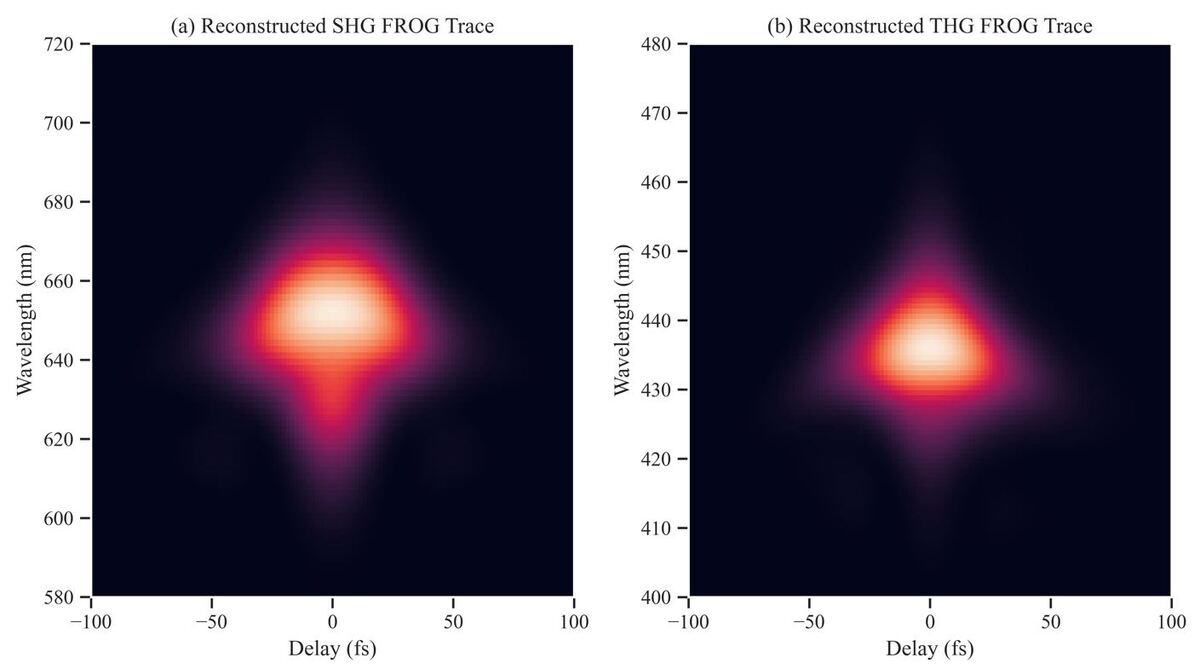Published:

A film just 250 nanometres or 0.00025 mm thick has given scientists a sneak peek into the ultrafast world.
The film is made of transparent conducting oxides, a class of materials commonly used for smartphone touch screens and photovoltaic systems.
Nanophotonics experts from Heriot-Watt's Institute of Photonics and Quantum Sciences have proved that these materials can capture and measure ultrafast events much better than current systems.
This could lead to breakthroughs in many scientific fields including cell biology and chemistry, where reactions happen, and must be captured, in a millionth of a billionth of a second.
The findings are reported in Nature Communications.
Dr Marcello Ferrera, assistant professor of nanophotonics at Heriot-Watt University, led the work alongside colleagues from the University of Glasgow and Purdue University in the USA.
“The ultra-thin films we used are zero index materials. Light behaves completely differently in these materials because the refractive index, which is how we describe the interaction between light and matter, approaches zero. This is a very difficult condition to achieve in common materials.
“This opens up a world of possibilities because when the index is so small the material starts being very susceptible to ultra-fast light stimuli.
“We used this enhanced optical susceptibility in a frequency-resolved optical gating or FROG system, which is one of the most fundamental tools to measure the evolution of ultra-fast optical events.
“The final result was a remarkable improvement in all the key metrics, including bandwidth, speed, and energy efficiency.”
Ferrera points out that his new system relies on readily available, off-the-shelf materials. This means the technology can transition quickly from the laboratory to commercial application.
He points out another benefit of the system.
“This new, zero-index FROG reduces fundamental energy requirements and also provides a broader set of optical information that can be used in machine learning to improve robustness and accuracy when characterizing ultra-fast events.”